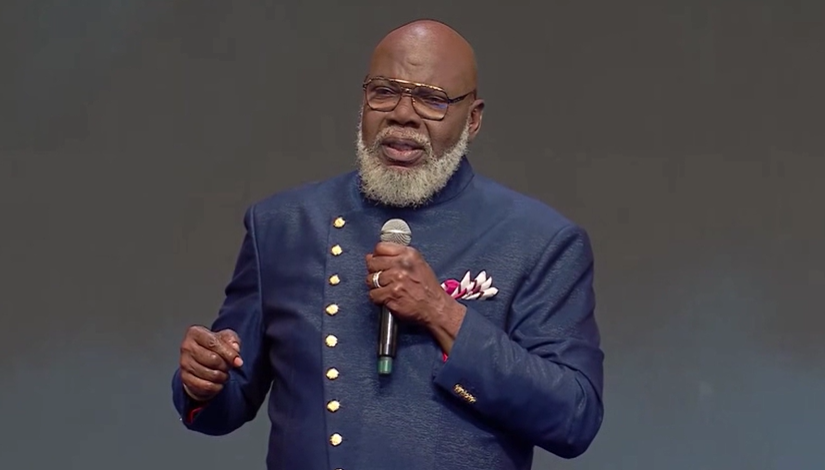
In this exclusive report, NBC 5 Investigates obtained test results from the Environmental Protection Agency. The numbers show years after EPA launched an effort to clean up the water on-board planes, the water may not be much cleaner than it was when EPA conducted sample tests in 2004.
NBC 5 Investigates has obtained new test results from the Environmental Protection Agency showing how often the drinking water served on commercial airline flights tests positive for bacteria.
The numbers show, nine years after EPA launched a major effort to ensure the safety of drinking water on-board planes, the water may not be much cleaner than it was when EPA conducted sample tests in 2004.
In 2004 the EPA sampled about 300 planes and found 15 percent of them, or just more than 1 out of every 10 planes, tested positive for coliform, an indicator that other potentially harmful bacteria may be in the water. At the time EPA said that percentage was “high”.
Now, new EPA data obtained through a Freedom of Information Act Request, shows in 2012, 12 percent of commercial airplanes in the U.S. had at least one positive test for coliform. That’s still just about one out of every 10 planes.
“I would say that’s still a high percentage,” said Bill Honker, deputy director of the Water Quality Protection Division, EPA Region 6, in Dallas.
Honker believes the airlines can still do better.
“I think there is more that needs to be done. So we’re expecting to see further improvement by all the airlines in the county,” Honker said.
Local
The latest news from around North Texas.
Coliform itself is not likely to make a person sick, but it can be a red flag that other bacteria, like E. coli, have made their way into the water. E. coli presents bigger health concerns, but is only rarely found in samples taken from commercial airliners.
The EPA now requires airlines to test for coliform and E. coli on every airplane at least once year. If a plane tests positive with either bacteria, EPA requires airplanes to flush the tanks and re-test the water. The airline also has to restrict access to the water on the plane until tests show it is clean.
The EPA said it doesn’t have any documented cases of people getting sick from airplane drinking water. However, doctors said that doesn’t mean it’s not happening. In most cases it would be very difficult to track an illness back to water served on a plane.
While most airlines now serve bottled water on their beverage carts, many airlines still make coffee and tea with water that comes from a tank on-board. That tank is filled at airports in all different cities. And sometimes the hoses used to fill the tanks are filthy.
NBC 5 Investigates obtained photos, taken by the Food and Drug Administration inspectors at Texas airports. In some photos you can see slimy residue growing on the nozzles that supply airplane water. Dirty hoses can put bacteria in the tank, including coliform and E. coli.
“There’s poop in the water if there’s E. coli in the water, and that’s not a good thing,” said Brenda Wiles, who manages a lab in Fort Worth that is certified to test aircraft drinking water.
What about the two largest airlines in the Dallas-Fort Worth area?
EPA results showed Fort Worth-based American Airlines fared about average last year in coliform tests. Coliform was found in water on about 13 percent of the company’s planes, but less than ½ of 1 percent of American’s water samples tested positive for E. coli, the more dangerous bacteria.
The EPA cautions the data could contain some errors, although American Airlines told NBC 5 Investigates the EPA data was generally consistent with their own numbers.
In a written statement, American said, “We are continuously seeking to improve our procedures … We are confident that our water on board all our aircraft is safe. Rigorous corrective action procedures are in place for any water sample suggested not to meet drinking water guidelines."
Dallas-based Southwest Airlines has some of the cleanest water in the air, according to the EPA numbers. Only about 3 percent of Southwest planes tested positive for coliform in 2012. None of the water samples collected from Southwest planes contained E. coli.
Southwest provided NBC 5 video that shows how they routinely use ozone to disinfect the tanks and clean the faucets in the galleys and the restrooms. Only disinfection will kill bacteria, heating the coffee usually isn’t enough.
“It might kill some of the organisms, the more susceptible ones, but it’s not going to kill the majority of them”, said Wiles.
Dr. Cedric Spak, an infectious disease specialist at Baylor University Medical Center, said a healthy immune system can handle some bacteria and that no tap water is sterile. Spak said he wouldn’t worry much about drinking airplane coffee, but he would not suggest someone with a compromised immune system drink a glass. He would also think twice before filling a baby bottle with water from an airplane tank.
“That doesn’t sound like a very good idea,” said Spak.
So some passengers may think twice about what they drink in the air, while the EPA keeps testing and urging airlines to do better.
“I can assure you the industry is getting the message,” said Honker with the EPA.



